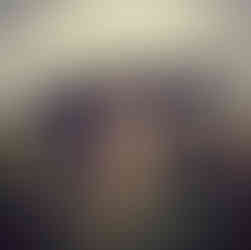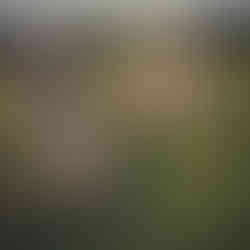Prehistoric Penwith
- christenpears
- Nov 8, 2018
- 2 min read
Updated: May 24, 2023
Last week, before the rain set in, we headed up onto the moors for one of our favourite walks from Lamorna to the Merry Maidens. The maidens, a circle of 19 granite standing stones said to have ben turned to stone for dancing on the Sabbath, are just one of the many prehistoric sites of West Penwith.

The landscape in this part of Cornwall is an ancient one and the area is rich in archaeological remains dating back to the Neolithic period. There are barrows, quoits, cliff castles, stone circles, menhirs and holy wells. In many places the prehistoric field boundaries are still in existence and there is a remarkable Iron Age settlement at Bodrifty and a Bronze Age village at Chysauster.
Although we know little of the lives of our prehistoric ancestors we do know that religion and ritual played a significant role in everyday life. Ceremonial structures were often constructed to align with significant features in the landscape such as prominent hills and tors, as well as with each other to form a sacred landscape.
The Merry Maidens, for example, are part of a wider landscape that also includes Tregiffian Barrow, a 4,000-year-old burial chamber, as well as a single standing stone called Gun Rith, or The Fiddler, and two other menhirs known as the Pipers. These monuments are also aligned with more distant sites on the moors and the ritual landscape further east at Carn Brea.
It's only recently that we've begun to appreciate the wealth of archaeological sites on our doorstep. In fact it was just last year, while walking on the moors, that we realised just how lucky we are in this part of the county. The short walk took in the three monuments pictured below - The Nine Maidens stone circle, Lanyon Quoit and Men-an-Tol.
Lanyon Quoit, situated just off the road from Morvah to Madron, is one of the best-known quoits in Cornwall. It is thought to date back to 2,500 BC although it is no longer in its original form having been rebuilt in the 1820s after collapsing during a storm. Its primary purpose is not entirely clear; it may have been a burial mound or a mausoleum.
The nearby holed stone of Men-an-Tol is part of a larger Bronze Age alignment. Holed stones are associated with healing and even in relatively recent times it was said that the stone could relieve back pain and cure children suffering from rickets. In order to be healed, the sufferer had to pass through the circle a number of times.









Comments